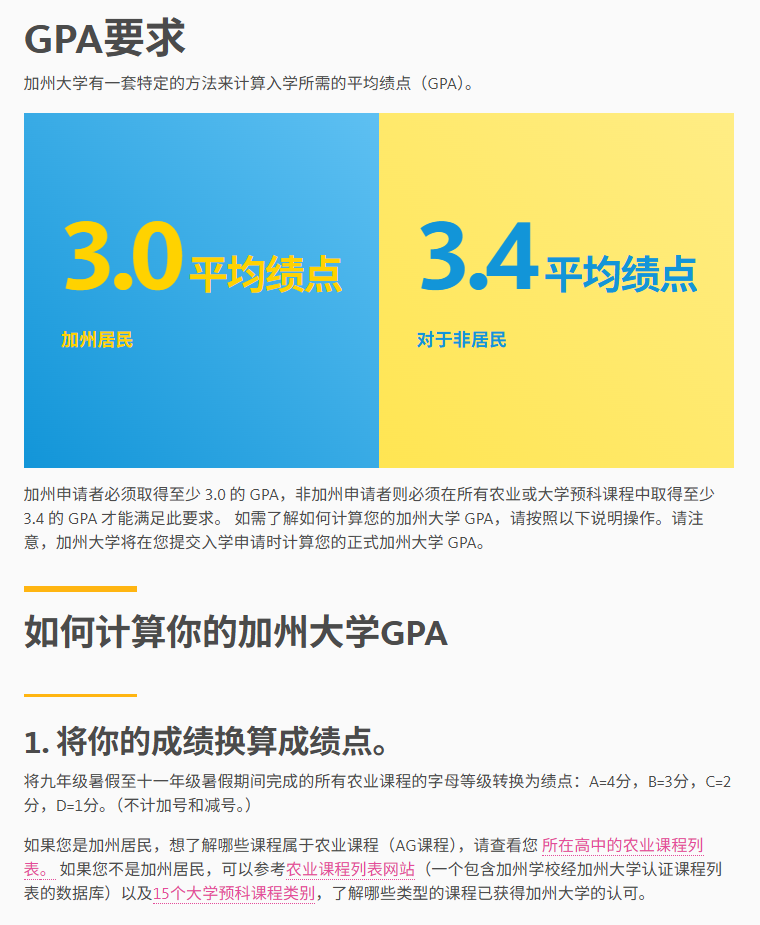在雅思A类写作小作文的四大基本图形(曲线图、柱形图、饼图和表格图)中,表格图往往是广大考生最头疼的题型。数据繁多、关系复杂,如何从中筛选关键信息并逻辑清晰地呈现?下面将详细解析表格题的写作方法,并提供范文示例和备考策略。
表格题的两大类型:动态与静态
表格题主要分为两种类型,写作侧重点截然不同:
①动态表格
特点:包含时间维度,数据随时间变化而变化。
写作重点:描述趋势变化(增长、下降、波动),强调数据随时间变化的动态过程。
②静态表格
特点:不包含时间维度,展示某一时间点或时间段内的数据对比。
写作重点:进行数据间的横向比较,描述排序、倍数关系、差异等,大量使用最高级和比较级。
判断表格是动态还是静态,是写作的第一步,也决定了整篇文章的展开方向。
表格题四步写作法
第一步:审题与分析(约2-3分钟)
改写题目:用自己的话复述题目要求,替换同义词和句式。这是文章的开头段。
- 例如,将"The table shows..."改为"The table illustrates..."或"The table provides information about..."。
确定时态:如果表格包含过去时间,主要使用一般过去时;若无时间或为一般事实,则用一般现在时。
分析数据:仔细阅读行和列的标题、单位,避免弄错数据含义。
找出核心特征:快速扫描数据,找出以下关键点:
- 最大值、最小值
- 显著相似点或差异点
- 总和、平均值(如果给出)
- 总体趋势或模式
第二步:文章结构规划(约1-2分钟)
一篇150词以上的小作文通常分为四段:
- 引言段:用1-2句话改写题目,概括图表内容。
- 概述段:用1-2句话总结表格展现的最主要的特征。这段是文章的灵魂,可以放在引言段之后,也可以作为结尾段。
- 主体段(一):详细描述最突出的第一组特征。可以按类别、行或列来组织。
- 主体段(二):描述剩余的其他重要特征,并进行比较。
第三步:撰写与检查(约15分钟)
- 语言多样化:避免重复使用相同的词汇和句式。多使用同义词和不同的句子结构。
- 客观描述:小作文是学术写作,切忌加入个人观点或解释原因。
- 检查:留出时间检查语法、拼写、数据准确性和时态一致性。
范文示例
范文1:静态表格(学生对课程的满意度评价)
题目:The table gives information about students' opinions on different aspects of courses they attended in a university in 2012.范文分析:The table illustrates the percentage of students who rated various aspects of three different courses as "very good" at a university in 2012.Overall, Business was the most highly regarded course among the students, while opinions on Computing and Maths were more varied. Additionally, teaching quality and tutor support generally received higher satisfaction rates across the board.In terms of the Business course, tutor support and teaching quality were rated exceptionally high, at 96% and 93% respectively. Its course content and resources also received strong approval, both above 80%. In contrast, the Computing course had the lowest ratings for pre-course information (61%) and course content (69%). However, its tutor support was still relatively high at 85%.Regarding the Maths course, pre-course information was its strongest aspect (67%), slightly higher than the other two courses. Nevertheless, it had the lowest satisfaction rate for teaching quality, at only 64%. The resources for Maths were also not highly rated.In summary, Business was the most popular course, and students were generally more satisfied with teaching quality and tutor support than with other aspects like pre-course information.
要点解析:
- 概述清晰:开头段直接改写题目。第二段(概述)立即指出最受欢迎的课程和整体满意度最高的方面。
- 对比鲜明:主体段以课程为划分,将Business的高满意度与Computing和Maths的弱势项目进行对比。
- 数据筛选:并非罗列所有数据,而是选择极值(最高/最低)和具有显著差异的数据进行描述。
范文2:动态表格(收入和支出变化)
题目:The table below shows the income and expenditure of Harckley Hall, a public venue available for hire in the UK, over a period of three years.范文分析:The table illustrates the revenue, expenditure, and profit of Harckley Hall, a public rental venue in the UK, over a three-year period.Overall, total income remained relatively stable at just over £80,000 per year, whereas expenditure rose steadily. As a result, profit gradually declined throughout the period.In the first year, total income was £83,500, which increased slightly to £85,000 in the second year before edging down to £84,000 in the third year. At the same time, annual expenditure climbed consistently from £56,000 to £62,000, leading to a drop in profit from £27,500 to £22,000 over the three years.Room rentals accounted for the largest share of revenue each year, although this figure fluctuated. Other sources provided the second largest income, rising steadily from £24,000 to £27,000. Local council funding remained constant at £22,000 for the first two years before a slight decrease to £21,000 in the third year, while the café contributed the least revenue.
要点解析:
- 趋势描述:重点使用了表示变化的词汇,如rose steadily, gradual decline, edged down。
- 概述明确:开头段清晰地概括了总收入、支出和利润的总体趋势。
- 数据支撑:在描述趋势时,都给出了起点和终点的具体数据作为证据。
高分备考策略
✅熟悉题型与套路:动态表和静态表的写作思路完全不同,务必分别练习,掌握各自的侧重点(趋势 vs. 比较)。
✅积累核心词汇与句式:
- 趋势词汇:掌握表示上升、下降、波动、稳定的动词、名词及其副词/形容词形式(如:a sharp increase, increase sharply)。
- 比较词汇:熟练掌握最高级、比较级,以及表达倍数、占比的句型(如:X is twice as high as Y; X accounts for the largest share)。
✅精读与仿写高分范文:分析考官范文的数据选择、段落结构和表达方式,而不仅仅是背诵。模仿其长句的写法,学习如何将多个信息融入一个句子。
✅限时练习:严格按照20分钟的要求进行模拟练习,培养时间把控能力。建议时间分配为:分析3分钟,写作15分钟,检查2分钟。
✅总结与反思:写完后的自我批改至关重要。检查是否涵盖了所有主要特征,逻辑是否清晰,语言是否多样且准确。
结 语
表格题虽然数据繁多,但只要掌握了正确的方法,它甚至可以成为提分项。
核心秘诀就是:判断动态/静态 → 抓取极值和特征 → 逻辑分组 → 清晰表达。
通过持续有针对性的练习,一定能攻克表格题,在小作文中取得理想成绩!














